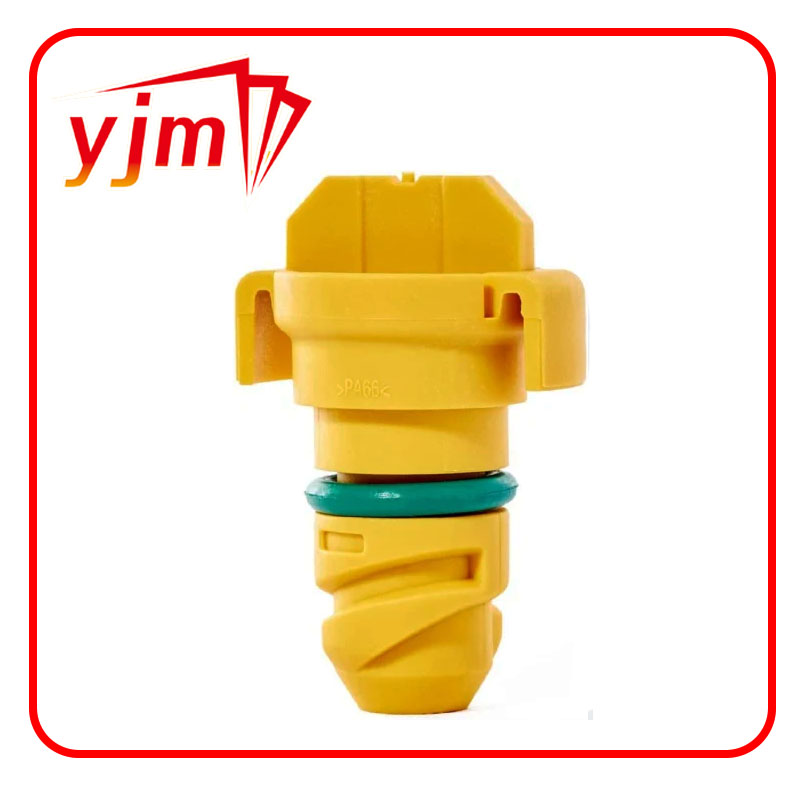300 TDI Rear Crank Seal Replacement Guide
Understanding the 300 TDI Rear Crank Seal Importance and Maintenance
The 300 TDI, a beloved engine model used in various Land Rover vehicles, is known for its rugged performance and durability. However, like all engines, the 300 TDI is not immune to wear and tear, especially concerning its rear crank seal. Understanding this component is essential for any 300 TDI owner who wishes to maintain their vehicle’s performance and longevity.
The rear crank seal serves a critical function in the engine. Its primary role is to prevent engine oil from leaking out of the rear end of the crankshaft, ensuring that the engine maintains proper lubrication. A compromised rear crank seal can lead to oil leaks, which may not only lower the oil levels but also create a mess in the engine compartment, leading to potentially damaging consequences if not addressed promptly.
Identifying Symptoms of a Failing Rear Crank Seal
A failing rear crank seal often presents several symptoms. The most noticeable sign is an oil leak at the rear of the engine, usually accompanied by oil drips on the ground beneath the vehicle. Additionally, you may notice a drop in oil pressure, leading to poor engine performance. In some cases, the oil may also become contaminated, which can significantly affect engine efficiency and lifespan.
It’s crucial to address these issues quickly. Persistent leaks can lead to low oil levels, which in turn may cause critical engine parts to wear out prematurely. Ignoring the symptoms could result in severe mechanical failures, leading to costly repairs or even engine replacement.
300tdi rear crank seal

Maintenance Tips
To ensure the longevity of the rear crank seal and the overall health of your 300 TDI engine, proactive maintenance is key. Regularly checking oil levels and monitoring for leaks is essential. If you notice a decrease in oil levels or see noticeable oil leaks, it’s advisable to inspect the rear crank seal.
In cases where the seal needs replacement, it is crucial to use high-quality parts to ensure compatibility and reliability. Replacing the rear crank seal typically involves removing the transmission, which can be labor-intensive. Therefore, having this job performed by a qualified mechanic is recommended, especially for those unfamiliar with engine mechanics.
Conclusion
The rear crank seal in the 300 TDI engine may be a small component, but its role is invaluable for keeping the engine functioning smoothly. By being proactive about maintenance and addressing any signs of a failing seal, owners can avoid potentially devastating damage and enjoy the reliable performance that the 300 TDI is known for. Investing time and effort in regular checks will ultimately pay off in the vehicle's longevity and operational efficiency, ensuring that your Land Rover continues to conquer both on and off-road terrains for years to come.
-
Understanding the Front Main Engine Seal: Purpose, Maintenance, and Installation
News Jul.29,2025
-
Understanding O-Rings and Seal Rings: Types, Applications, and Custom Solutions
News Jul.29,2025
-
Understanding Crankshaft Oil Seals: Rear Seals, Pulley Seals, and Their Role in Engine Integrity
News Jul.29,2025
-
The Importance of Front and Rear Crankshaft Seals in Engine Performance and Oil Management
News Jul.29,2025
-
Crank Oil Seals: Functions, Types, and Cost Considerations in Engine Maintenance
News Jul.29,2025
-
A Comprehensive Guide to O-Rings and Seals: Types, Materials, and Global Applications
News Jul.29,2025
-
Mastering Diesel and Performance Engine Maintenance: A Guide to Critical Oil Gaskets
News Jul.28,2025
Products categories















